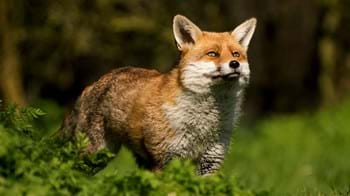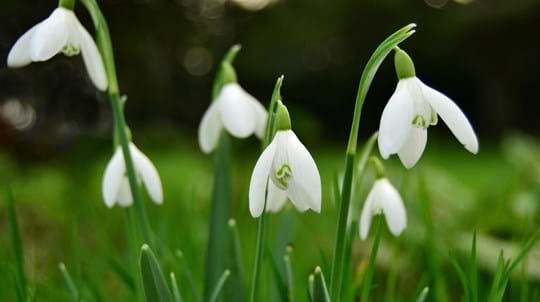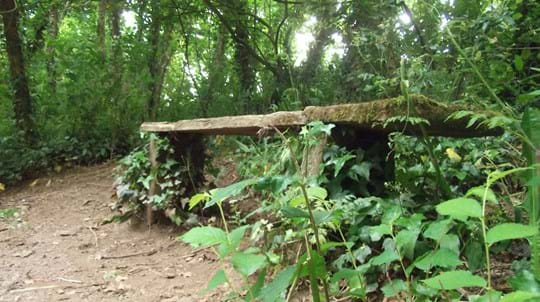
Hardwick Wood
Plympton nr Plymouth

Woodland Trust wood
21.80 ha (53.87 acres)
SX530556
Explorer 20
OS Landranger 201
Hardwick Wood is one of the five woods that make up the Woodland Trust’s Plymouth Woods, an oasis of calm right in the heart of Plymouth. Stroll through refreshing greenery and enjoy the changing colours of the seasons, from spring bluebells to the blazing hues of autumn.
Features
- Parking nearby
- Public access
- Autumn colour
- Spring flowers
- Broadleaved woodland
How to get to Hardwick Wood
Hardwick Wood is a 24.2-hectare (54-acre) woodland situated on a prominent hilltop east of Plymouth and south of Plympton village. It is accessible from the nearby A38 Plymouth Parkway and is mainly bound by agricultural land.
Follow Plymouth Road from the Marsh Mills roundabout (A38) towards Plympton, turning right at the first junction towards the Valley Road industrial estate and continuing up Cot Hill. At the top of Cot Hill, turn right into Merafield Road and follow the road past the entrance to Saltram House for a further 800 metres. The entrance is on the left-hand side with parking on the roadside verge.
The nearest train station is in Plymouth, 8.6km (5.3 miles) from the wood.
Visit National Rail for more information.
The closest bus stop is at the Merafield Road/Woodland Drive junction, around 1km (0.6 miles) from Hardwick Wood. Please be aware that there are no pavements so you will need to walk along the grass verges to reach the wood.
Visit Traveline for more information.
Facilities and access
There is a variety of routes to explore with green rides and narrow paths criss-crossing the site.
Entering via Merafield Road, the main tracks are quite steep for 200-300 metres until you reach the hilltop ‘plateau’. The main track, which once formed the carriage drive to the adjacent National Trust’s Saltram House, has a stone base. Once the ‘plateau’ is reached in the wood, the paths level off.
Entry at other points is via narrow squeeze-gaps. All the paths can be muddy during periods of wet weather or after heavy use.
The wide verge along the roadside offers parking spaces for a few cars.
There are no public toilets close by. The nearest toilets are those provided for customers and visitors of Saltram House, 1km (0.6 miles) from Hardwick Wood; in the car park of the Plymco Store adjacent to the Ridgeway 1.5km (0.9 miles) away in Plympton.
Wildlife and habitats
Animals
There is a range of diverse wildlife to discover at Hardwick Wood. Look out for birds like the nuthatch, the treecreeper and the great spotted woodpecker.
Mammals, including foxes and roe deer, also roam the wood, and as night falls you might catch a glimpse of the pipistrelle bat. During the warmer months butterflies can be seen in abundance, including the speckled wood, peacock and comma, especially on the flowers of the few buddleia in the wood. If you are lucky, you might spot the beautiful, slow-flying wood white.
Trees, plants and fungi
One of our ‘top 10’ bluebell woods, Hardwick is a must-visit in the spring time for anyone looking to admire the swathes of brilliant bluebells which cover the woodland floor. You can also see (and smell!) carpets of ramsons. Dog’s mercury and campion flourish in spring, along with the blossoming wild cherry tree.
About Hardwick Wood
The wood was once part of the adjacent Georgian Saltram Estate, now owned by the National Trust. The main track through the wood, from the south-eastern corner to the gate on the southern boundary, used to be the main access drive to the house.
The wood was separated from the rest of the estate when the A38 was constructed, but it still remains designated as part of the historic park and garden. Look north from the wood towards Dartmoor and see the historic Boringdon Arch in the distance.
Things to do at Hardwick Wood

A lasting legacy
This wood is just one of many to have been protected by gifts in wills, securing it for generations to come. Your legacy gift could also make a real difference to woods, trees and wildlife.
Learn what your gift could mean








































